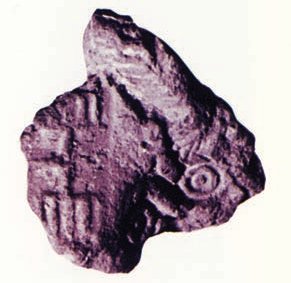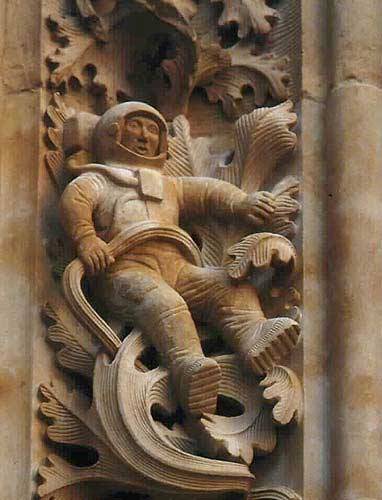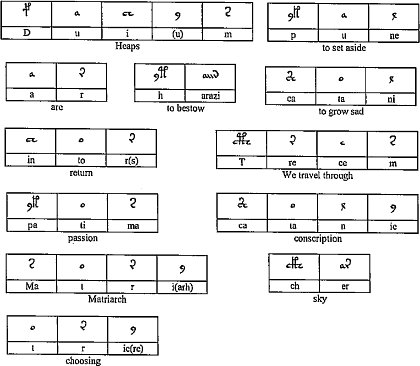This being Cipher Mysteries, I try to read a fair bit of mysterious cipher-related stuff along the way, both non-fiction and fiction. Yet just as you’d expect, most cipher mystery fiction tends more to the ‘airport novel’ end of the spectrum than the ‘lit-rit-cher’ end. Which pleasantly brings to mind (well, to my mind, at least) Elvis Costello’s “God’s Comic” as he finally meets his Maker:-
So there He was on a water-bed
Drinking a cola of a mystery brand
Reading an airport novelette
Listening to Andrew Lloyd-Webber’s “Requiem”
Nicely pitched scansion, and perhaps even more richly ironic if the airport novelette in question happened to have one of those interminably Byzantine two-millennia-long-conspiracy-to-hide-the-truth-about-Jesus’-non-death-on-the-cross plotlines we’re so waerily familiar with now. But I digress!
Wearing my book publisher hat, I’d say you can divide cipher mystery airport novel writers into three quite distinct camps:-
- The Rack Pack. People who write strings of pacy, mostly character-driven novels but who scout around for interesting historical stuff to build their fantastical plotting and obscure conspiracies around. (These books tend to suffer from “slabs”, i.e. lumps of undigested Wikipedia-style research littering the text, and to rely heavily on secondary characters who ‘just happen’ to be world-renowned Harvard Professors of Obscure Historical Linguistics etc. They can also be quite hard to tell apart).
- Domain Experts. People who happen to be experts in some technical / research field and fall victim to the questionable notion that a particular historical mystery that happens to overlap their field would make an amazing basis for a novel, but then decide to write that book. I mean, how hard can it be? (These books tend to suffer from inexpert plotting, clunky characterization, and non-credible relationships between characters. But at least most of the technical details are right).
- Wannabe Screenwriters. People who are terrifically personally ambitious and have a deep love of film, and who see the airport novel medium as a great way to express their high-octane visual imagination, while also giving themselves an outside chance of their books’ being optioned for a Major Motion Picture. (These books tend to be bad on just about every level you can name, but are probably a terrifically good read if you’re the kind of person who has a copy of “Jane’s All the World’s Aircraft” in your toilet).
All of which is a fairly longwinded way of introducing David Gibbins’ (2005) novel “Atlantis”. From the moment you read that the author “has worked in underwater archaeology all his professional life” and that “[this] is his first novel“, you can be pretty sure that this is going to fall squarely into Camp #2 territory.
The cipher connection isn’t hard to work out: the front cover has a gold-embossed representation of something not unlike the Phaistos Disk, though it has to be said that the shapes are upside-down (relative to the real Phaistos Disk) and in a quite different order, while a few other plausible-looking pictogram-style shapes have been added to the mix. Though that’s OK, because these differences are part of the story (which kicks off with a second Phaistos Disk being discovered in an ancient shipwreck, but this time it’s made of gold).
Commendably, the spine of the book has one of the Phaistos Disc symbols (which Gibbins has both as “outstretched eagle god” and as the sign of “Atlantis”, though note that he requires you rotate it 90 degrees to see it even slightly as a bird), making it the only cipher novel I know of with a single genuine historical cipher mystery character shape as its central motif. Please tell me if there’s another one!

There’s actually a bit of literature on this shape, which is #21 in Sir Arthur Evans’ much-noted list of the disk’s pictograms. Here are some of the better-known theories about it proposed over the years:-
- Comb (Godart, 1995)
- Weaving comb (Dettmer, 1989)
- Hoe or rake (Aartun, 1992)
- Palace floor-plan (not sure who suggested this?)
- Swedish rock carvings of a team of plowing oxen (Woudhuizen, !?!?!?!?)
More usefully, Balistier (2000) notes that Ingo Pini (1970) pointed out that this particular pictogram very likely has Minoan origins, as evidenced by the similarities between it and a five-toothed comb design found on clay fragment HM 992 (also found at Phaistos, and dating to the 18th century BC). And here it is:-

Clay fragment HM 1992: the five-pronged comb-like shape is on the left
This striking visual parallel is often cited as proof of the Phaistos Disk’s authenticity, with the only small problem being that it may well be that Luigi Pernier ‘excavated’ them both… but that’s another story entirely.
Anyway, does Gibbins manage to save himself from falling into all the Domain Expert airport novel traps? Actually… no. And what’s worse, from the minute the protagonist Jack Howard (“unlikely scion of one of England’s most ancient families“, p.13) makes “a mental note to email the image to Professor James Dillen, his old mentor at Cambridge University and the world’s leading authority on the ancient scripts of Greece” (p.16), it’s abundantly clear that Gibbins has drunk too deeply from the Rack Pack’s well of clichés. Moreover, from the breathless military helicopter fetishism and Wired editorialese, he has dipped his bucket into the Wannabe Screenwriters’ gadget-strewn watering hole more than a few times as well.
All of which superficial nonsense I could actual forgive Gibbins for (it is, after all, an airport novel, and many top-tier writers have fallen into these same traps over the years). However (and sorry if this is a spoiler) the point near the end where Jack Howard unilaterally fires a nuclear warhead onto the bad guys’ hi-tech hide-out is just not OK by me. Yes, they killed his friends, etc etc: but a nuclear warhead? Really? Really??
It’s at this point the alert reader stops to wonder whether the whole book is some kind of high-camp “The Producers” so-bad-it’s-good joke, or some knowing Alan Sokal hoax on the airport novel genre, or perhaps even some Umberto Eco-esque prolonged literary inversion. Though these all sound fairly unbelievable, the alternative – that the author really thinks that this kind of stuff is OK – is so much worse that it’s not really conceivable. And once you’ve ruled out the impossible…



